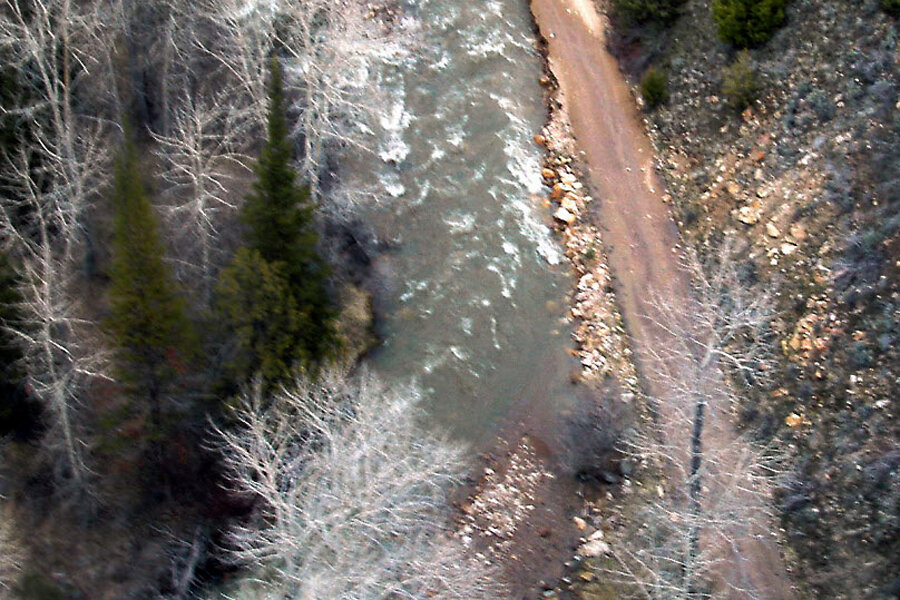There are basically two big forests left, say scientists
The world's forests are becoming more and more isolated.
So much so that the only two remaining continuous forests are in the South America and Africa, and they are strikingly larger than any other tree-covered area visible via satellite imagery, according to an international team of 24 scientists, who published their findings in the journal Science Advances.
“There are really only two big patches of intact forest left on Earth — the Amazon and the Congo — and they shine out like eyes from the center of the map,” lead author Nick Haddad, a professor at North Carolina State University, told the New Yorker.
The forests that remain are relatively fragmented. Almost twenty percent of forested land lies roughly the length of a football field away from its edge; almost 70 percent of forested land is within half a mile of the forest's edge.
This fragmentation takes a huge toll on living things. The team found that fragmented habitats lose, on average, half of their plant and animal species within 20 years.
"Once a forest disappears, the resulting area is more exposed and experiences greater extremes of temperature, humidity, and wind – all of which negatively influence plants and animals in nearby forest”, says Doug Levey, Program Officer with the National Science Foundation and co-author of the paper. "Furthermore the forest community becomes threatened by invasion of numerous non-native species that typically inhabit disturbed, open habitats.”
Part of what made this study so comprehensive was the longevity of some of the experiments, Dr. Levey said. When landscapes are disrupted by humans, it’s notoriously difficult to attribute negative impacts only to fragmentation; many other factors may also play roles in the decline of plants and animals in the remaining habitat. The advantage of the experiments conducted for this study was that they were designed to isolate fragmentation effects from all other types of effects. Furthermore, they were conducted in many places, by many researchers, and for generally long times. "No matter the scale, habitat or, organism the effects of fragmentation were universally bad," Levey said.
The paper highlights the fact that effects of fragmentation are only visible over a prolonged period of time. One possible way to slow down fragmentation's effect on forest habitats is to connect nearby clumps of forest and create a corridor of trees to connect those clumps, says Levey.
"It's never too late to preserve what we already have," he says, "People have known for a long time that fragmentation is bad and it's getting worse."






